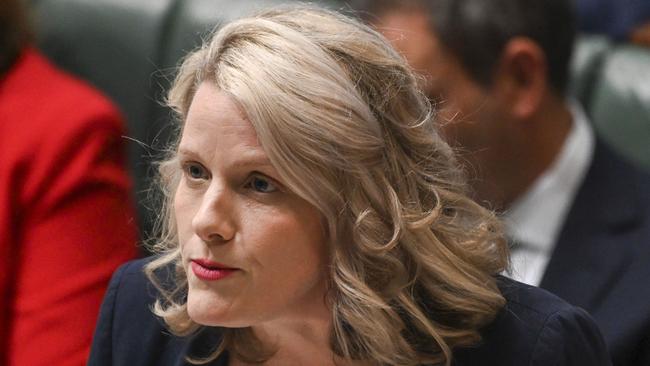‘Broken’ migration system hurting agriculture
A scathing review into the nation’s migration system has found ineffective programs contributed to agriculture’s “substantial ongoing shortage of workers”.
A scathing review into the nation’s migration system has found federal visa programs have been ineffective in attracting workers into regional Australia and contributed to agriculture’s “substantial ongoing shortage of workers”.
Home Affairs Minister Clare O’Neil, who released the 186-page report this afternoon, said Australia’s migration system was “broken” and promised sweeping reforms.
The review found current Commonwealth visa settings provided “limited and inflexible” access to lower-paid labour, particularly in the agriculture and tourism sectors.
It also found its restrictive range of visa categories did “not reflect regional circumstances and reduces jurisdictions’ ability to fill positions” and that the Skilling Australia Fund levy is a significant issue for regional employers.
The report also found it was not uncommon for countries to seek improvements in visa arrangements as a precondition for removing trade restrictions on Australia’s interests, such as agriculture exports.

“Australia’s international migration policy is thus linked to market access for our goods and services,” the review said.
Crucially for the horticulture industry, the review proposes the original “cultural exchange” purpose of the working holiday-maker program be restored and no longer tie it to “performance of work”.
The news comes as the Australian Chamber of Commerce and Industry and National Farmers’ Federation Agrifoods Workforce Summit, held in Brisbane today, heard a chronic shortage of workers continued to hamper the agrifood sector with more than 100,000 currently needed to bridge the shortfall.
Meanwhile, the Review of the Migration System also found Australia’s over-reliance on temporary migrants risked the nation becoming a country of “permanently temporary” residents.
This situation is particularly stark in regional Australia where, according to Treasury data, 15 per cent of the total agriculture, forestry and fishing workforce in March 2020 was comprised of temporary migrants.
That figure dropped to 10 per cent in March 2022 following years of Covid-related travel restrictions. However, the numbers are again on the rise.
“Australia does not want to become a nation of ‘permanently temporary’ residents,” it said.
“While there is a place for genuinely temporary migration in Australia, there has been a rise in permanently temporary migration. That has caused harm to Australia and to migrants, and undermined community confidence in the migration system.”
The federal government has previously revealed plans to expand Australia’s Pacific temporary labour strategy as new data shows more than 37,000 workers are currently participating in the scheme.
Last October’s federal budget set out a plan for the PALM scheme to reach 35,000 workers by June 2023, however that target was met several months early.
The review’s authors, led by former Department of Prime Minister and Cabinet secretary Martin Parkinson, proposed the solution to regional migration issues was better planning, housing, infrastructure, and service provision to make them more attractive.
However, migration is part of a larger problem affecting a regional Australia heavily affected by the housing and rental crisis. Chronic worker shortages recently left many farmers shorthanded during harvest.
The parlous state of the roads and other infrastructure are a result of continual underfunding.
In a recent submission to a joint standing committee on migration, National Farmers’ Federation workplace relations and legal affairs general manager Ben Rogers said the “enormous untapped potential” of Australian agriculture demanded policy settings that attracted employees and resolved the availability of housing and social and support services already stretched beyond capacity.
“These issues are not insurmountable, but a policy which does not include solutions to these issues will do more harm than good to workers and their families and the local communities,” he said.
The seven-month migration review includes 40 reform directions, including attracting more relevant skilled labour to the nation, particularly to support the net-zero economy transition and bulking up workforces in sovereign and critical capabilities.
Also, it suggested establishing a greater role for states and territories in identifying their migration needs and priorities.



